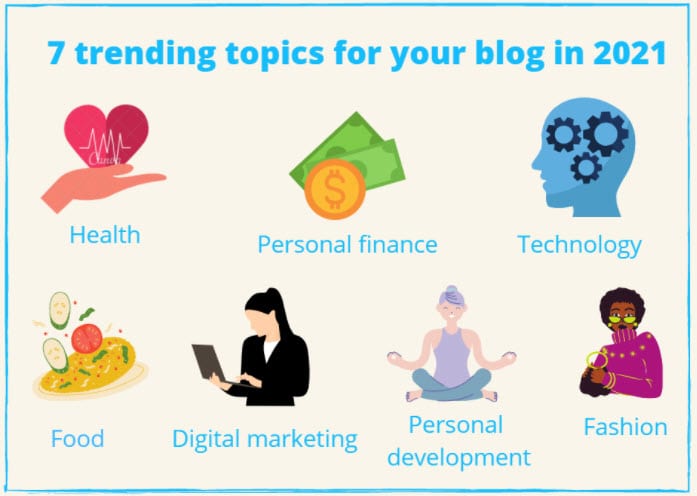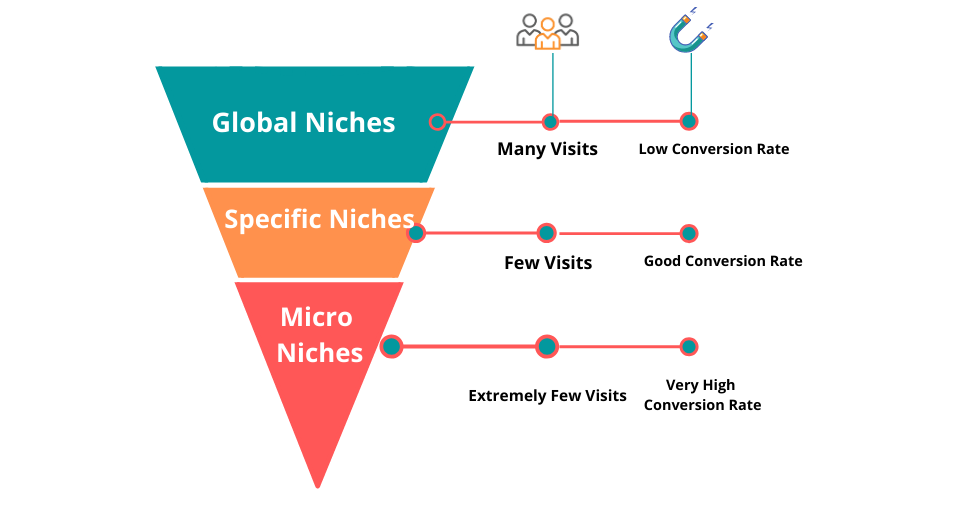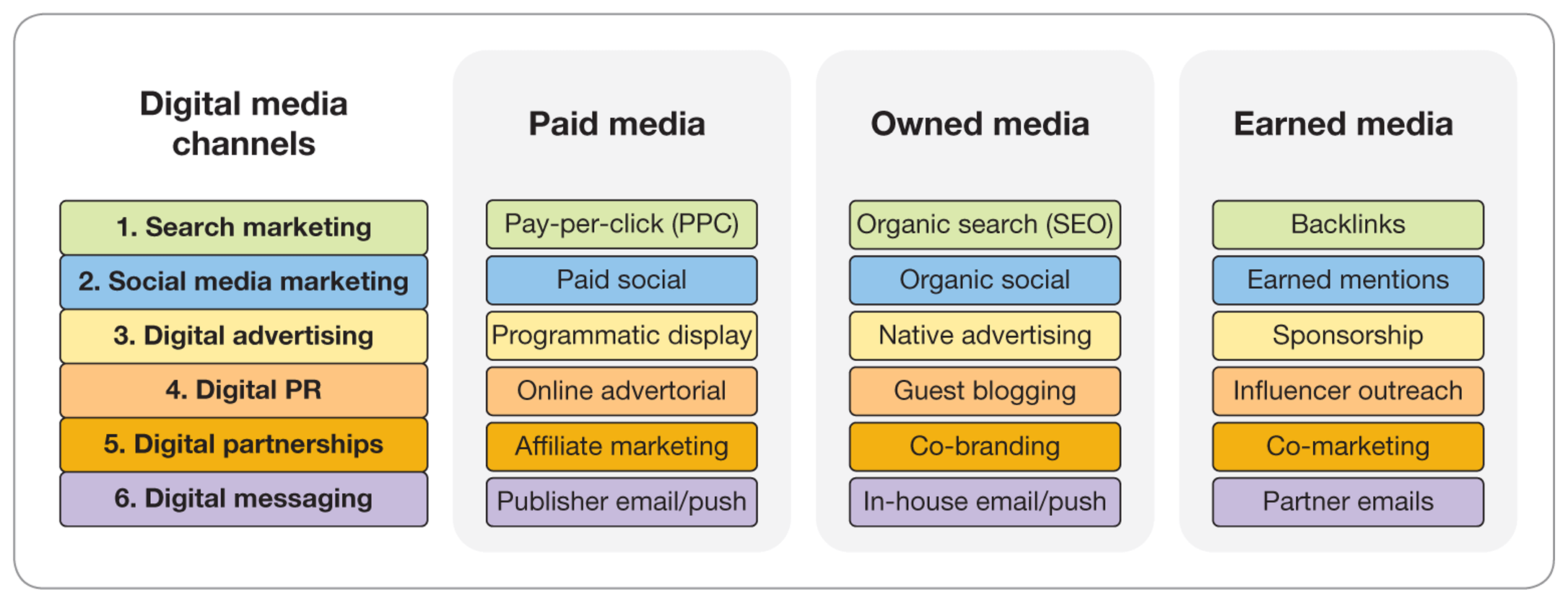Selling digital products online is a booming opportunity. More people are creating digital items daily.
You can offer e-books, courses, software, or art. The digital world lets you reach customers worldwide without physical barriers. Selling online is cost-effective, and you can start with minimal investment. The demand for digital products grows as more people seek instant access to information and tools.
This blog will guide you through selling digital products online. Discover how to tap into this market and make your digital creations available to the world. From setting up your online store to marketing strategies, we cover it all. Whether you are an artist, writer, or programmer, there’s a digital product you can offer. Get ready to explore the possibilities of digital sales and find success in the online marketplace.

Credit: www.nexcess.net
Choosing The Right Digital Products
Choosing the right digital products can boost your online sales. Not all digital products fit every audience. Knowing what to sell helps you connect with your customers. This section explores popular digital products. These include ebooks, courses, software, and apps.
Ebooks And Courses
Ebooks and courses offer valuable knowledge. Ebooks are easy to create and distribute. They cover various topics. People love learning online, and courses cater to this demand. Courses provide interactive learning experiences. They often include videos, quizzes, and assignments. Both ebooks and courses establish you as an expert.
Software And Apps
Software and apps are in high demand. They solve specific problems and simplify tasks. People use apps daily, from fitness to finance. Software helps businesses run efficiently. Creating software requires technical skills. But, it can lead to significant profits. Apps and software need regular updates for customer satisfaction.
Building Your Online Store
Creating an online store is essential for selling digital products. It acts as your digital storefront. A well-designed store enhances customer experience. It also boosts your sales potential. Let’s explore how to build an effective online store. We’ll cover platform selection and layout design.
Selecting A Platform
Choosing the right platform is crucial. Your choice depends on your needs. Look for platforms with strong features. Consider ease of use and scalability. Popular options include Shopify, WooCommerce, and BigCommerce. Each offers unique benefits. Evaluate costs and technical support. Ensure the platform supports your product type.
Designing User-friendly Layouts
A user-friendly layout attracts visitors. It makes browsing easy. Focus on clear navigation. Use simple menus and categories. Ensure your store is mobile-friendly. Many users shop on their phones. Fast loading times are vital. They prevent customer frustration. Use high-quality images for your products. Include detailed descriptions. This helps customers make informed decisions.
Creating Compelling Product Descriptions
Crafting engaging product descriptions can boost digital product sales online. Clear and simple language helps attract potential buyers. Highlight key features and benefits to connect with your audience.
Creating compelling product descriptions is crucial for selling digital products online. A well-crafted description not only informs potential buyers about what they are purchasing but also entices them to click the “buy” button. Think of your product description as a window into the value of your digital product. It’s your chance to highlight what sets your creation apart from the rest. Let’s delve into some key strategies to make your product descriptions irresistible.Highlighting Key Features
When someone lands on your product page, they’re looking for specific information. What are the standout features of your digital product? List these in a clear and concise manner. Use bullet points to make it easy for your readers to scan through. Is your eBook packed with exclusive insights? Does your software save hours of work? Highlight these aspects to grab attention. Consider adding a table that summarizes features versus benefits. This helps buyers see the practical advantages of your product at a glance. Remember, clarity is your best friend here.Crafting Persuasive Copy
Once you’ve outlined the key features, it’s time to persuade. Your words need to resonate with the buyer’s needs and desires. Speak directly to them. How will your product improve their life or business? Use active language to convey excitement and urgency. Avoid jargon that might confuse your audience. Instead, use simple language that anyone can understand. Share a brief story or testimonial that illustrates the product’s impact. Maybe a customer found your online course invaluable in landing their dream job. Personal stories make the product relatable. Ask yourself: What problem does your product solve? Address this directly. If your software streamlines project management, say so. Direct benefits can be more compelling than vague promises. Creating compelling product descriptions is a craft. It’s about understanding your audience and speaking to their needs. By highlighting features and crafting persuasive copy, you can make your digital products irresistible. Ready to boost your sales with captivating descriptions?
Credit: www.strikingly.com
Pricing Strategies For Digital Products
Effective pricing strategies for digital products help attract buyers and increase online sales. Consider tiered pricing to offer options for different budgets. Bundling products can also encourage more purchases by adding perceived value.
Pricing digital products can be tricky. You want to be fair and competitive while also maximizing profits. The right pricing strategy can make or break your success in the online marketplace. So, how do you price your digital products to attract customers and generate sales?Competitive Pricing Models
Research is key to understanding competitive pricing models. Analyze your competitors’ prices to find out where your product fits in. Look at similar products and decide if you want to match, beat, or premium price your offerings. Consider your product’s unique features. If you offer something your competitors don’t, you might justify a higher price. However, if you’re new to the market, a lower introductory price can help build your customer base.Offering Discounts And Bundles
Offering discounts can entice customers to make a purchase. Consider seasonal promotions or limited-time offers to create urgency. Discounts can also help move slower-selling products. Bundles are another effective strategy. Package related products together at a discounted rate. This not only increases sales volume but also enhances the perceived value of your offerings. Think about your purchasing habits. How often have you bought something because it was part of a bundle? This strategy can work wonders for your digital products too. Experiment with these strategies. Pricing isn’t a one-size-fits-all solution. You may need to adjust your approach based on customer feedback and sales data. What worked last year might not work today. Which strategy will you try first to boost your digital product sales?Marketing Your Digital Products
Boost your online sales by effectively marketing digital products. Create engaging content that highlights benefits and features. Use social media and email campaigns to reach potential customers globally.
Marketing your digital products requires a strategic approach to reach your target audience effectively. With digital products, you have a world of opportunity at your fingertips. However, the challenge lies in making your products stand out in a crowded marketplace. This is where effective marketing strategies come into play. By utilizing platforms like social media and email, you can build a strong connection with potential buyers and increase your sales.Utilizing Social Media
Social media is a powerful tool in your marketing arsenal. Start by identifying which platforms your audience uses the most. Whether it’s Instagram, Facebook, or LinkedIn, focus your efforts where your customers are active. Share engaging content that highlights the benefits of your digital products. Use visuals, like images and videos, to capture attention. Create posts that encourage interaction, such as polls or questions, to keep your audience engaged and interested in what you offer. Don’t overlook the power of social media ads. They can target specific demographics, ensuring your digital products reach the right people. Monitor your ad performance closely to optimize your strategy and maximize your return on investment.Email Marketing Campaigns
Email marketing remains one of the most effective ways to reach your audience directly. Build an email list by offering something valuable, like a free eBook or a discount on your digital product. This will entice visitors to subscribe to your newsletter. Craft personalized emails that address the needs and interests of your subscribers. Use clear and compelling subject lines to increase open rates. In the body of your email, highlight the unique features of your digital products and explain how they solve a problem or fulfill a need. Segment your email list to send targeted campaigns. By grouping subscribers with similar interests, you can tailor your messages more effectively. Track the performance of your emails, such as open and click-through rates, to refine your approach and improve engagement. Marketing your digital products successfully involves creativity and persistence. Are you ready to enhance your marketing strategy and boost your digital sales?
Credit: www.learnworlds.com
Leveraging Seo For Visibility
In the competitive world of online sales, visibility is key to standing out. If you’re selling digital products online, leveraging SEO can significantly boost your presence. SEO, or Search Engine Optimization, is not just a buzzword; it’s a powerful tool to enhance your product’s visibility. When you optimize your digital products for search engines, you make it easier for potential customers to find them. Let’s dive into some practical strategies to improve your SEO and get your digital products noticed.
Keyword Optimization
Keywords are the foundation of SEO. They are the terms people type into search engines when looking for products or information. Selecting the right keywords can make or break your visibility online.
Start by identifying the keywords that best describe your digital products. Use tools like Google Keyword Planner to explore popular and relevant search terms. Think about what your customers might search for when looking for products like yours.
Once you have a list, integrate these keywords naturally into your product descriptions, titles, and any content associated with your products. Avoid keyword stuffing; it can hurt your rankings. Aim for a balanced approach that enhances readability while improving visibility.
Building Backlinks
Backlinks are links from other websites that point to your site. They act as votes of confidence, signaling to search engines that your content is valuable. Building backlinks is a crucial part of improving your SEO.
Reach out to bloggers or websites that align with your products. Offer guest posts that include links back to your site, or collaborate on projects that can generate mutual benefits. This strategy helps you gain exposure and credibility.
Think about your network—perhaps you know someone who runs a popular blog or website. Personal connections can be a great way to start building backlinks. What could you offer that adds value to their audience while promoting your products?
As you apply these SEO strategies, remember that visibility is not just about being seen. It’s about being seen by the right people at the right time. What steps will you take today to make your digital products shine in the online marketplace?
Managing Customer Relations
Selling digital products online requires strong customer relations. Build trust by offering clear support and easy communication. Ensure quick responses to enhance customer satisfaction and loyalty.
Managing customer relations is crucial for selling digital products online. Happy customers return. They also spread the word about your products. Building strong relationships ensures loyalty. It enhances your brand image. Here’s how you can manage customer relations effectively.Providing Excellent Support
Excellent support builds trust. Respond to customer queries quickly. Use simple language. Make them feel valued. Offer multiple support channels. Email, chat, and phone are effective. Ensure your team is well-trained. They should resolve issues promptly. Be patient and polite. Happy customers often recommend your services.Gathering Feedback
Feedback helps improve your products. Ask customers for their opinions. Use surveys or feedback forms. Make them simple and short. Analyze the feedback carefully. Look for common issues. Address these issues quickly. Show customers their feedback matters. This encourages more engagement. It also shows you care about their experience.Analyzing Sales Data
Analyzing sales data helps improve online sales of digital products. It reveals buyer trends and preferences. This insight allows sellers to adjust strategies and increase revenue.
Analyzing sales data is crucial for anyone selling digital products online. It allows you to understand what’s working and what’s not, offering a clear view of your business landscape. This knowledge empowers you to make informed decisions and refine your strategies for better performance.Tracking Performance Metrics
Tracking performance metrics is your first step in understanding sales data. These metrics might include conversion rates, average order value, or customer acquisition cost. Using tools like Google Analytics or specialized e-commerce platforms can help you gather this data efficiently. Once you have your data, don’t just glance at it. Dive into patterns over time. Are there certain months where sales spike? Perhaps a specific product is consistently outperforming others. Identifying these trends can help you replicate success in the future.Adjusting Strategies
After analyzing your metrics, it’s time to adjust your strategies. Say you notice a product with high traffic but low conversion. This might mean your product page isn’t convincing enough. Maybe the description lacks detail, or the price is too high compared to competitors. Consider testing changes to see how they affect sales. Try tweaking your pricing strategy or enhancing your product descriptions. A/B testing can provide insights into what your audience responds to best. Remember, data is only as useful as the actions you take from it. Are you willing to experiment and adapt? Use the insights from your analysis to make calculated adjustments and monitor the results closely.Engage with your data actively. Sales data isn’t just numbers; it’s a narrative that tells you what your customers want. Listen to it, and let it guide your decisions. What story is your sales data telling you today?
Frequently Asked Questions
What Is The Best Website To Sell Digital Products?
Shopify is ideal for selling digital products due to its user-friendly interface and robust e-commerce features. Consider using Etsy for creative digital items. Gumroad simplifies direct sales, while Sellfy offers easy integration and marketing tools. Choose based on product type and business needs.
Can I Make Money Selling Digital Products?
Yes, you can make money selling digital products. Focus on creating high-quality, in-demand items. Utilize effective marketing strategies to reach your target audience. Platforms like Etsy, Gumroad, and Shopify can help you sell digital products easily. Continually update and improve your offerings for sustained success.
Do I Need An Llc To Sell Digital Products?
An LLC is not required to sell digital products. However, it offers liability protection and potential tax benefits. Consider your business structure, legal needs, and financial goals. Consult with a legal advisor to determine the best option for your situation.
What Kind Of Digital Products Sell Best?
E-books, online courses, and software applications often sell best. Design templates and digital art also have strong demand. Subscription services like streaming platforms and membership sites are popular. Ensure products solve problems or meet needs for success.
Conclusion
Selling digital products online opens new doors for creativity. It’s a chance to share your skills and ideas globally. Start small, learn and adapt. Use platforms that fit your needs. Connect with your audience and build trust. Keep content fresh to maintain interest.
Remember, quality matters more than quantity. Experiment with marketing strategies to find what works best. Success takes time and effort. Stay patient and consistent. Your digital products can make a difference. Embrace the journey and enjoy the process. Create, sell, and grow in the digital world.



